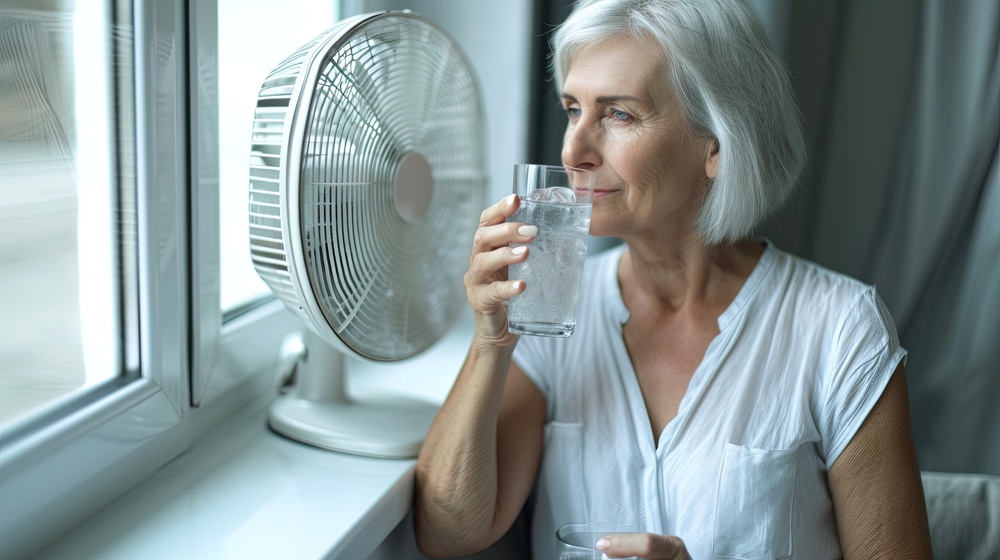
Did you know that older women, aged 75 and over are most vulnerable to heatwaves and the effects of periods of hot weather especially if living alone or in a care home setting?
Similarly people living with long-term illness including heart or lung conditions, diabetes, kidney disease, Parkinson's disease or some mental health conditions will be at higher risk as will children under 5 years old and babies who find it difficult to keep cool.
What can you do to keep safe?
Try to stay home during the hottest part of the day
If you know or are responsible for someone that’s in the vulnerable category, make sure that you are especially vigilant in high temperatures. Ideally, make sure that they are indoors during the day, especially between 11am and 3pm. Keeping the house cool with blinds or curtains can help. And if possible, open a window in the sleeping are at night. Night cooling allows the body to recuperate. Cool showers or baths help to cool you down too.
If you must go out, or take vulnerable groups out, make sure that skin is protected with sunscreen of at least Factor 30, a hat, sunglasses and loose, light-coloured clothing are worn.
Check the weather
Make sure that you
- check your local weather forecast so that you know when hot weather is expected
- check air pollution forecasts – hot weather can make air pollution worse which can cause problems if you have asthma and/or breathing problems
- plan activities to avoid being outside during the hottest part of the day (11am to 3pm)
Stay hydrated
To help stay hydrated, you should:
- drink fluids throughout the day, especially if you’re active – water or diluted juice are good choices
- use the urine colour chart to check for signs of dehydration – your pee should be a pale straw colour
- take a refillable water bottle if you’re going out
- take extra water for journeys by car or public transport
Check for signs of heatstroke and heat illness
Heat illness such as heatstroke happens in hot places, both indoors and outdoors. It can be caused by being active in a place that’s too hot.
Heat illness can range from mild to severe, and heat exhaustion and heatstroke are the most serious types.
Heat exhaustion can usually be managed with first aid. If you aren’t able to cool down, it can become heatstroke. This is a potentially life-threatening condition.
Symptoms of heat illness
The symptoms of heat exhaustion are usually the same in adults and children. These include
- feeling faint
- tiredness,
- heavy sweating
- feeling very thirsty
- heat rash
- Children might also behave strangely.
Symptoms of heatstroke
However, the symptoms or heatstroke are more severe with
- temperatures reaching more than 40 degrees Celsius
- fainting or losing consciousness
- a seizure or fit
See NHS Inform for more advice.
Heatstroke and heat illness | NHS inform